Home>Furniture & Design>Interior Design Trends>How To Use Alcohol Inks On Glass
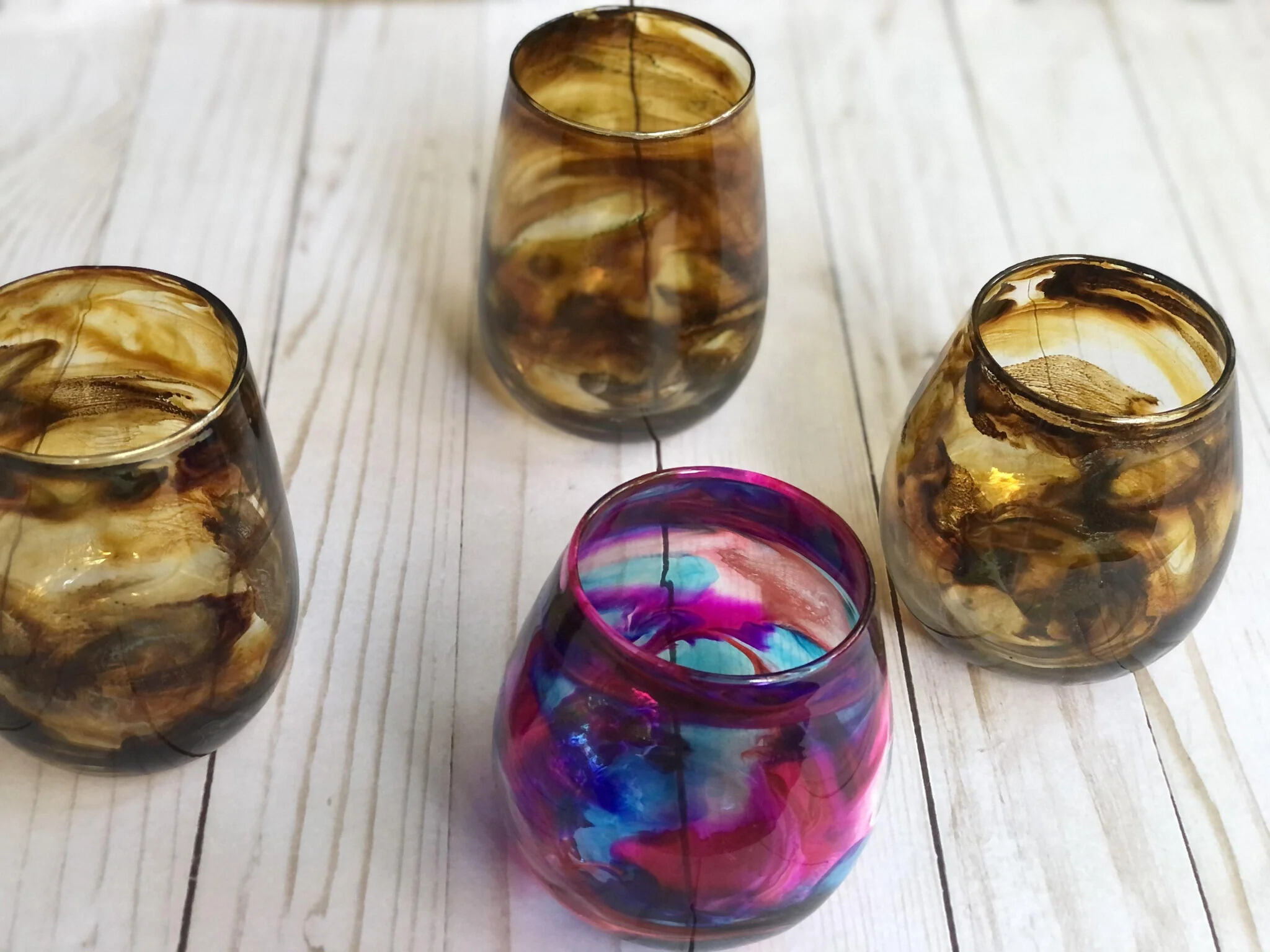

Interior Design Trends
How To Use Alcohol Inks On Glass
Modified: August 28, 2024
Discover the latest interior design trend with our guide on using alcohol inks to create stunning glass decor. Elevate your space with this unique and vibrant technique.
(Many of the links in this article redirect to a specific reviewed product. Your purchase of these products through affiliate links helps to generate commission for Storables.com, at no extra cost. Learn more)
Introduction
Alcohol inks have gained immense popularity in the realm of art and design due to their vibrant colors and versatile applications. These inks, known for their translucent and fluid nature, can be used to create stunning designs on a variety of surfaces, including glass. The process of using alcohol inks on glass offers a unique and captivating way to add a pop of color and visual interest to home decor, glassware, and art projects.
When applied to glass, alcohol inks produce mesmerizing effects, as the colors blend and interact with the reflective surface, resulting in a captivating interplay of light and pigment. Whether you are a seasoned artist or a creative enthusiast looking to explore a new medium, working with alcohol inks on glass provides an exciting opportunity to experiment with color, texture, and design.
In this comprehensive guide, we will delve into the fascinating world of alcohol ink art on glass, exploring the materials needed, techniques for application, and tips for achieving stunning results. By understanding the intricacies of working with alcohol inks on glass, you can unlock a world of creative possibilities and elevate your artistic endeavors to new heights.
Let's embark on this colorful journey and discover the captivating art of using alcohol inks on glass. Whether you aspire to adorn glass ornaments, create personalized gifts, or embellish your living space with unique decor, mastering the art of alcohol ink application on glass will empower you to unleash your creativity and infuse everyday objects with a touch of artistic flair.
Key Takeaways:
- Unleash your creativity with alcohol inks on glass, creating vibrant and mesmerizing designs. Experiment with color, texture, and techniques to elevate your artistic endeavors and infuse everyday objects with artistic flair.
- Prepare, apply, and seal alcohol inks on glass to preserve vibrant colors and protect intricate designs. Embrace imperfections, explore diverse effects, and unleash the boundless potential of this captivating medium.
Read more: How To Use Alcohol Ink On Glass
Materials Needed
To embark on your alcohol ink artistry journey on glass, you will need a selection of essential materials to ensure a seamless and enjoyable creative process. Here's a comprehensive list of the materials required to get started:
-
Alcohol Inks: The core component of this artistic endeavor, alcohol inks are available in a wide array of vibrant colors. These inks are specifically formulated to create stunning effects on non-porous surfaces such as glass.
-
Glass Surfaces: Choose a variety of glass surfaces to experiment with, such as glass ornaments, vases, picture frames, or glass tiles. Ensure that the glass surfaces are clean and free from any dust or debris before applying the alcohol inks.
-
Isopropyl Alcohol: Also known as rubbing alcohol, this serves as the blending solution for alcohol inks. It helps to disperse the inks and create captivating patterns and textures on the glass surface.
-
Paintbrushes and Droppers: Utilize a selection of paintbrushes and droppers to apply and manipulate the alcohol inks on the glass. Different brush sizes and dropper shapes can yield varying effects, allowing for greater artistic expression.
-
Protective Gloves and Apron: Given the fluid and staining nature of alcohol inks, it's advisable to wear protective gloves and an apron to safeguard your hands and clothing from potential stains.
-
Protective Workspace: Set up your creative space on a protected surface, such as a plastic tablecloth or a dedicated art mat, to prevent any accidental spills or stains on your working area.
-
Sealant: Once your alcohol ink artwork is complete, a sealant designed for non-porous surfaces will be necessary to protect the vibrant colors and ensure the longevity of your creation.
-
Paper Towels and Cotton Swabs: These are handy for cleaning up any spills, adjusting the ink application, and creating unique textures and patterns on the glass.
By assembling these essential materials, you will be well-equipped to embark on your alcohol ink artistry journey on glass, allowing you to unleash your creativity and explore the captivating possibilities of this medium.
Preparing the Glass Surface
Before delving into the mesmerizing world of alcohol ink application, it is crucial to prepare the glass surface to ensure optimal adhesion and longevity of the artwork. Proper preparation sets the stage for the inks to interact seamlessly with the glass, allowing for stunning visual effects and vibrant colors to come to life.
Cleaning the Glass
The first step in preparing the glass surface is thorough cleaning. Any dust, fingerprints, or residue on the glass can hinder the adhesion of the alcohol inks and affect the overall outcome of the artwork. To achieve a pristine surface, use a gentle glass cleaner or a solution of water and vinegar to remove any impurities. Ensure that the glass is completely dry before proceeding to the next step.
Applying a Primer (Optional)
For certain types of glass, especially those with a particularly smooth surface, applying a primer designed for non-porous materials can enhance the adherence of the alcohol inks. This step is optional but can be beneficial for achieving more controlled and predictable results, especially for intricate designs and fine details.
Read more: How To Seal Alcohol Ink On Glass
Creating a Barrier
To prevent the alcohol inks from spreading uncontrollably, it is advisable to create a barrier along the edges of the glass surface. This can be achieved by using painter's tape or a specialized barrier solution designed for alcohol ink art. By creating a barrier, you can maintain control over the ink application and minimize the risk of unintended smudges or spills.
Ensuring Adequate Ventilation
When working with alcohol inks and isopropyl alcohol, it is essential to ensure proper ventilation in your workspace. The fumes from these materials can be potent, so working in a well-ventilated area or using a fume hood is crucial for your safety and comfort.
By meticulously preparing the glass surface, you set the stage for a seamless and enjoyable alcohol ink artistry experience. With a clean, primed (if necessary), and well-contained glass surface, you are now ready to embark on the captivating process of applying alcohol inks and bringing your artistic vision to life on glass.
Applying Alcohol Inks
Once the glass surface is meticulously prepared, it's time to embark on the captivating process of applying alcohol inks. This stage of the artistic journey offers boundless opportunities for creativity, experimentation, and the creation of mesmerizing designs. The translucent and fluid nature of alcohol inks allows for stunning color interactions and captivating effects on the glass surface.
Droplet Application
One of the most popular techniques for applying alcohol inks on glass is the droplet method. Using a dropper or pipette, dispense small droplets of alcohol ink onto the glass surface. The inks will naturally spread and blend, creating captivating patterns and gradients. By strategically placing droplets of different colors and allowing them to merge, you can achieve stunning marbled effects and intricate designs.
Read more: What HP Printer Uses 63 Ink
Brush Application
Another versatile approach involves using paintbrushes to apply alcohol inks. With a clean, dry brush, pick up a small amount of alcohol ink and gently apply it to the glass surface. This method offers greater control over the placement and blending of colors, allowing for the creation of precise lines, gradients, and intricate details. Experimenting with different brush sizes and strokes can yield a diverse range of visual effects, from delicate wisps of color to bold, expressive strokes.
Alcohol Blending
Isopropyl alcohol serves as a valuable tool for manipulating alcohol inks on glass. By applying isopropyl alcohol to the glass surface using a dropper or brush, you can create captivating textures and ethereal patterns. The alcohol interacts with the inks, causing them to disperse and blend in unique ways, resulting in mesmerizing organic designs and subtle transitions between colors.
Tilt and Swirl Techniques
To encourage the movement and blending of alcohol inks, gently tilt and swirl the glass surface. This technique allows the inks to flow and interact, creating captivating swirls, gradients, and organic patterns. By carefully controlling the angle and direction of the tilt, you can guide the inks to create visually dynamic compositions and captivating color transitions.
Layering and Building Depth
Layering multiple applications of alcohol inks enables the creation of depth and complexity in the artwork. By allowing each layer to dry before adding additional colors, you can build rich, multi-dimensional designs with captivating depth and luminosity. Experimenting with layering techniques opens up a world of creative possibilities, allowing for the development of intricate and visually captivating compositions.
Read more: How To Store Ink Cartridges When Not In Use
Embracing Creativity
The process of applying alcohol inks on glass is a journey of exploration and discovery. Embrace the fluid and unpredictable nature of the inks, allowing them to guide your creative expression. Experiment with different application techniques, color combinations, and movement to unlock the full potential of alcohol inks on glass. By embracing creativity and spontaneity, you can create truly unique and captivating artworks that showcase the mesmerizing beauty of alcohol inks on glass.
As you immerse yourself in the process of applying alcohol inks on glass, allow your creativity to flourish and your artistic vision to unfold. The application stage is a dynamic and exhilarating phase of the artistic process, offering endless opportunities to create stunning, one-of-a-kind designs that showcase the captivating beauty of alcohol inks on glass.
Techniques for Creating Different Effects
The application of alcohol inks on glass presents a myriad of techniques for creating captivating and diverse visual effects. These techniques allow artists and enthusiasts to explore the boundless potential of alcohol inks, resulting in stunning and unique artworks. By mastering these techniques, individuals can unleash their creativity and infuse their glass pieces with mesmerizing designs and vibrant colors.
Marbling and Veining
One of the most enchanting effects achievable with alcohol inks on glass is the creation of marbled and veined patterns. This technique involves strategically layering and blending different colors of alcohol inks to mimic the organic and intricate patterns found in natural stone and marble. By delicately manipulating the inks and allowing them to interact, artists can achieve mesmerizing marbled effects, with swirling patterns and subtle veining that evoke a sense of timeless elegance.
Color Bleeding and Blending
The fluid nature of alcohol inks lends itself to captivating color bleeding and blending effects on glass. When multiple colors of alcohol inks are applied in close proximity, they naturally blend and bleed into one another, creating seamless transitions and captivating gradients. By strategically positioning the colors and allowing them to merge, artists can achieve ethereal and harmonious color transitions, resulting in visually dynamic and captivating compositions.
Read more: How To Make Printer Use Color Ink For Black
Textured and Organic Patterns
By incorporating isopropyl alcohol and experimenting with different application techniques, artists can create textured and organic patterns on glass using alcohol inks. The interaction between the alcohol and the inks gives rise to captivating textures, reminiscent of natural phenomena such as swirling clouds, rippling water, or intricate organic structures. This technique allows for the creation of visually dynamic and tactile artworks that invite viewers to explore the mesmerizing interplay of color and texture.
Controlled Drip and Splatter Effects
For artists seeking to introduce an element of controlled chaos and spontaneity into their alcohol ink artworks, the controlled drip and splatter effects offer an exhilarating approach. By strategically dripping or splattering alcohol inks onto the glass surface, artists can create dynamic and expressive compositions, with captivating splashes of color and fluid, organic patterns. This technique adds an element of energy and movement to the artwork, resulting in visually striking and lively designs.
Geometric and Abstract Compositions
For those inclined towards precision and structure, alcohol inks on glass can be used to create geometric and abstract compositions. By employing precise application techniques and utilizing barriers to control the flow of the inks, artists can craft intricate geometric patterns, bold abstract designs, and visually captivating arrangements. This technique allows for the creation of artworks that juxtapose the fluidity of alcohol inks with precise and structured forms, resulting in visually compelling and thought-provoking compositions.
By mastering these techniques and embracing the fluid and unpredictable nature of alcohol inks, artists and enthusiasts can unlock a world of creative possibilities. The application of alcohol inks on glass offers a captivating and dynamic artistic journey, allowing individuals to explore a diverse range of effects and create stunning, one-of-a-kind artworks that showcase the mesmerizing beauty of alcohol inks on glass.
Sealing the Finished Piece
Once the alcohol ink artwork on glass is complete, it is essential to seal the finished piece to preserve the vibrant colors and protect the intricate designs. Sealing not only enhances the longevity of the artwork but also safeguards it from potential damage and fading over time. The sealing process serves as a crucial final step in the alcohol ink artistry journey, ensuring that the captivating beauty of the finished piece endures for years to come.
When selecting a sealant for alcohol ink art on glass, it is imperative to choose a product specifically formulated for non-porous surfaces. Opt for a clear, non-yellowing sealant that is compatible with glass and alcohol inks. Polyurethane-based sealants, available in spray or brush-on forms, are popular choices for sealing alcohol ink artworks on glass. These sealants offer durability, UV protection, and resistance to moisture, making them ideal for preserving the vibrancy and integrity of the artwork.
Before applying the sealant, ensure that the alcohol ink artwork is completely dry. Any residual moisture can compromise the effectiveness of the sealant and affect the final appearance of the piece. Once the artwork is dry, carefully apply the sealant in a well-ventilated area, following the manufacturer's instructions regarding application and drying times. It is advisable to apply multiple thin coats of sealant, allowing each layer to dry thoroughly before applying the next. This approach ensures even coverage and a professional, long-lasting finish.
During the sealing process, it is essential to protect the surrounding area from overspray or drips. Lay the artwork on a protected surface and use masking tape or a barrier to shield any areas that should remain free of sealant. Additionally, exercise caution to avoid over-spraying or applying the sealant too heavily, as this can result in uneven coverage or a cloudy appearance on the glass.
Once the sealant has been applied and allowed to dry according to the manufacturer's recommendations, the alcohol ink artwork on glass is effectively sealed and ready to be displayed. The sealant enhances the visual impact of the artwork, intensifying the colors and providing a glossy, professional finish. With the artwork now sealed and protected, it can be showcased with confidence, whether as a striking decor piece, a personalized gift, or a cherished addition to any art collection.
By sealing the finished alcohol ink piece on glass, artists and enthusiasts can ensure that their creative expressions are preserved in all their vibrant glory. The sealing process not only safeguards the artwork but also elevates its visual appeal, allowing the captivating beauty of alcohol inks on glass to shine through, captivating viewers and enriching living spaces with mesmerizing artistry.
Read more: How To Use Off-Brand Ink In HP Printer
Tips and Tricks
-
Experiment with Color Combinations: Explore the captivating interplay of different alcohol ink colors to create visually dynamic and harmonious compositions. Experiment with contrasting and complementary color combinations to evoke different moods and visual effects in your artwork.
-
Embrace Imperfections: The fluid and unpredictable nature of alcohol inks often leads to delightful surprises and organic patterns. Embrace the unexpected and allow imperfections to become integral elements of your artwork, adding depth and character to the final piece.
-
Utilize Metallic Mixatives: Incorporate metallic mixatives to introduce shimmering accents and metallic effects to your alcohol ink artwork. These mixatives can add a touch of elegance and luminosity, elevating the visual impact of your designs.
-
Explore Alternative Application Tools: Beyond traditional paintbrushes and droppers, consider experimenting with unconventional tools such as air blowers, straws, or sponges to create unique textures and effects. The versatility of alcohol inks allows for endless experimentation with different application techniques.
-
Incorporate Resists and Masking Techniques: Utilize resists such as masking fluid or specialized stencils to create intricate patterns and preserve areas of the glass surface. These techniques enable precise control over the ink application and can yield stunning results, especially in creating detailed designs.
-
Practice Patience and Layering: Allow each layer of alcohol ink to dry before adding subsequent layers. Patience is key in building depth and complexity in your artwork, as layering the inks results in rich and luminous compositions with captivating depth and visual intrigue.
-
Emphasize Contrast and Negative Space: Explore the interplay of light and dark, as well as the use of negative space, to create visually striking compositions. Emphasizing contrast can add drama and visual impact to your alcohol ink artwork, drawing the viewer's eye into the captivating interplay of colors.
-
Protect Your Workspace: Given the staining nature of alcohol inks, it's essential to protect your workspace with a dedicated art mat or plastic covering. This precaution ensures that accidental spills or splatters do not damage your working surface and allows for worry-free creativity.
-
Seek Inspiration from Nature and Art: Draw inspiration from the natural world, as well as from diverse art forms and styles, to infuse your alcohol ink artwork with creativity and originality. Nature's organic patterns, as well as the works of renowned artists, can serve as wellsprings of inspiration for your artistic endeavors.
-
Document and Reflect on Your Process: Keep a visual or written record of your alcohol ink artistry journey, documenting your experiments, successes, and challenges. Reflecting on your process can provide valuable insights and inspire further creative exploration in your artistic practice.
By incorporating these tips and tricks into your alcohol ink artistry on glass, you can elevate your creative process and unlock the full potential of this captivating medium. Embrace experimentation, spontaneity, and the boundless possibilities of alcohol inks to create stunning, one-of-a-kind artworks that showcase the mesmerizing beauty of this unique artistic technique.
Conclusion
In conclusion, the art of using alcohol inks on glass offers a captivating and dynamic creative journey, allowing individuals to explore the boundless potential of this unique medium. From the meticulous preparation of the glass surface to the application of alcohol inks and the sealing of the finished artwork, each stage of the process presents opportunities for experimentation, spontaneity, and the creation of stunning, one-of-a-kind designs.
The versatility of alcohol inks on glass is truly remarkable, as artists and enthusiasts can employ a diverse range of techniques to achieve captivating visual effects. Whether it's creating marbled patterns, exploring color bleeding and blending, or crafting textured and organic designs, the possibilities are as limitless as the imagination. The interplay of vibrant colors, fluid movements, and the reflective nature of glass gives rise to mesmerizing compositions that captivate the eye and evoke a sense of wonder.
As individuals embark on their alcohol ink artistry journey, it's essential to embrace creativity, spontaneity, and the fluid nature of the inks. Imperfections become integral elements of the artwork, adding depth and character to the final piece. The process of applying alcohol inks on glass is a dynamic and exhilarating experience, inviting artists to explore, experiment, and allow their artistic vision to unfold in captivating ways.
Sealing the finished alcohol ink artwork on glass ensures the longevity and vibrancy of the designs, allowing them to be showcased with confidence and pride. The sealant not only protects the artwork but also enhances its visual impact, intensifying the colors and providing a glossy, professional finish. With the artwork now sealed and preserved, it can serve as a striking decor piece, a personalized gift, or a cherished addition to any art collection.
By incorporating tips and tricks, such as experimenting with color combinations, embracing imperfections, and exploring alternative application tools, individuals can elevate their alcohol ink artistry and unlock the full potential of this captivating medium. Drawing inspiration from nature, diverse art forms, and personal experiences enriches the creative process, infusing the artwork with originality and depth.
In essence, the art of using alcohol inks on glass is a celebration of creativity, spontaneity, and the mesmerizing beauty of color and form. It invites individuals to embark on a colorful journey of self-expression, exploration, and artistic discovery, resulting in stunning artworks that showcase the captivating beauty of alcohol inks on glass.
Frequently Asked Questions about How To Use Alcohol Inks On Glass
Was this page helpful?
At Storables.com, we guarantee accurate and reliable information. Our content, validated by Expert Board Contributors, is crafted following stringent Editorial Policies. We're committed to providing you with well-researched, expert-backed insights for all your informational needs.
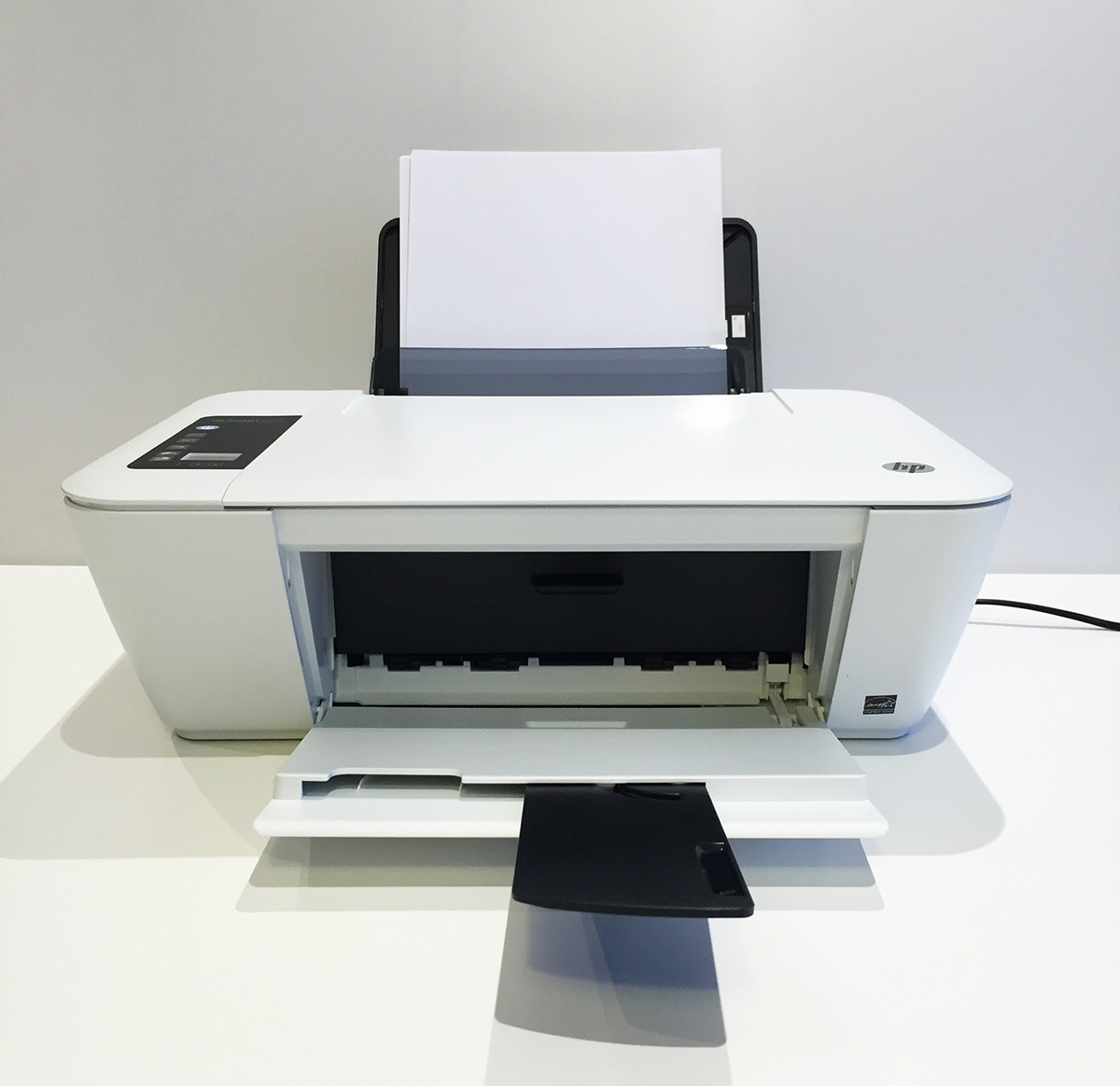

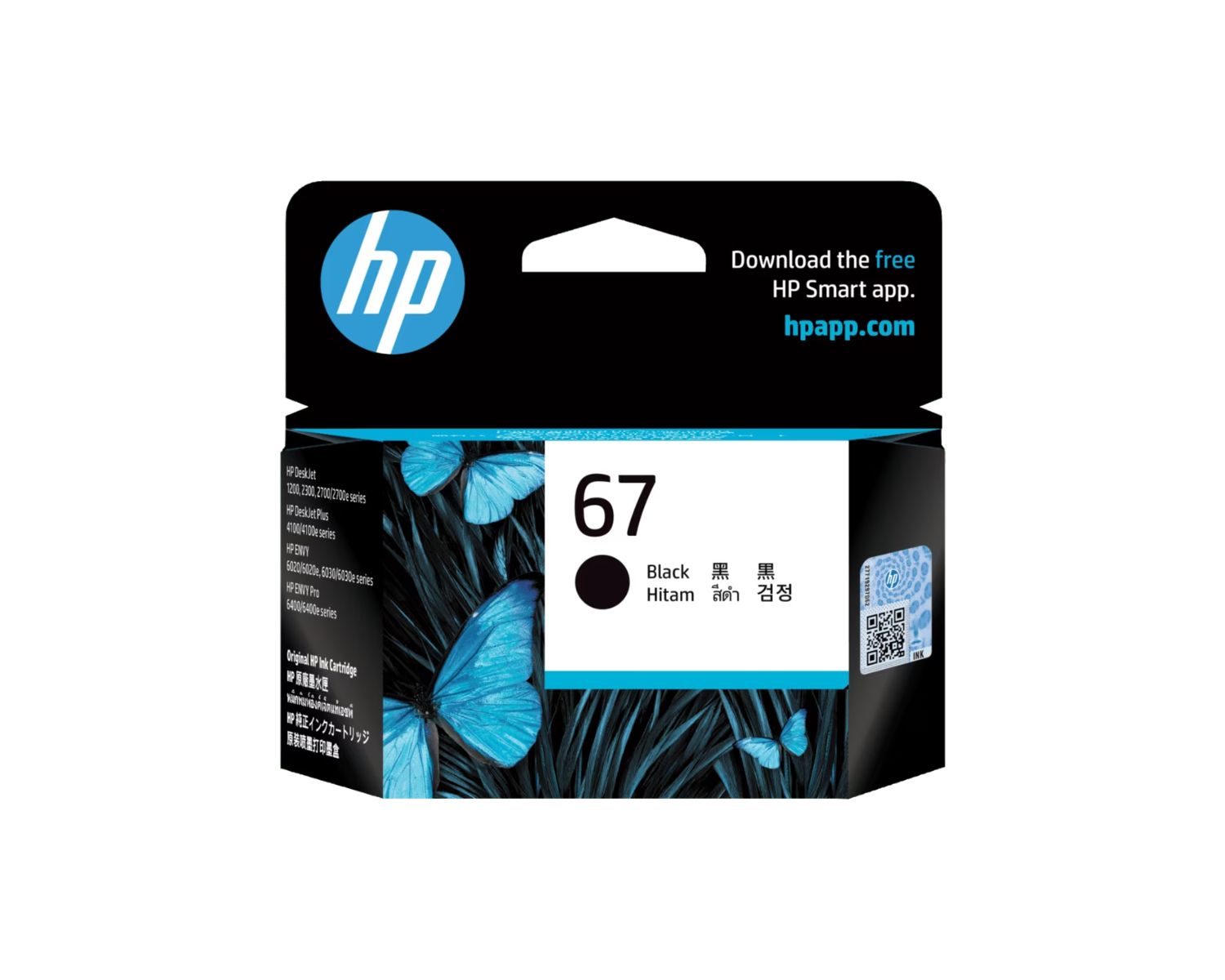
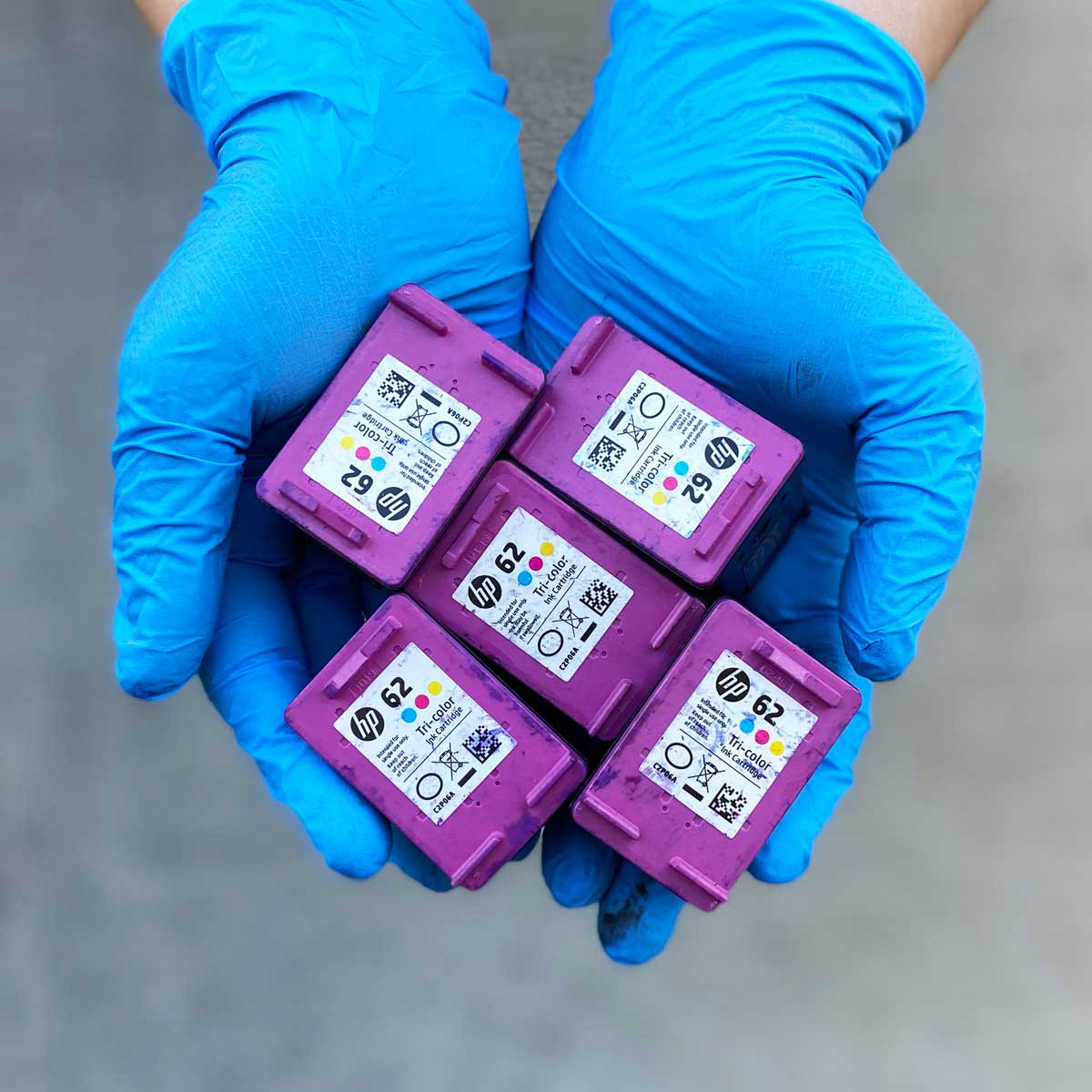
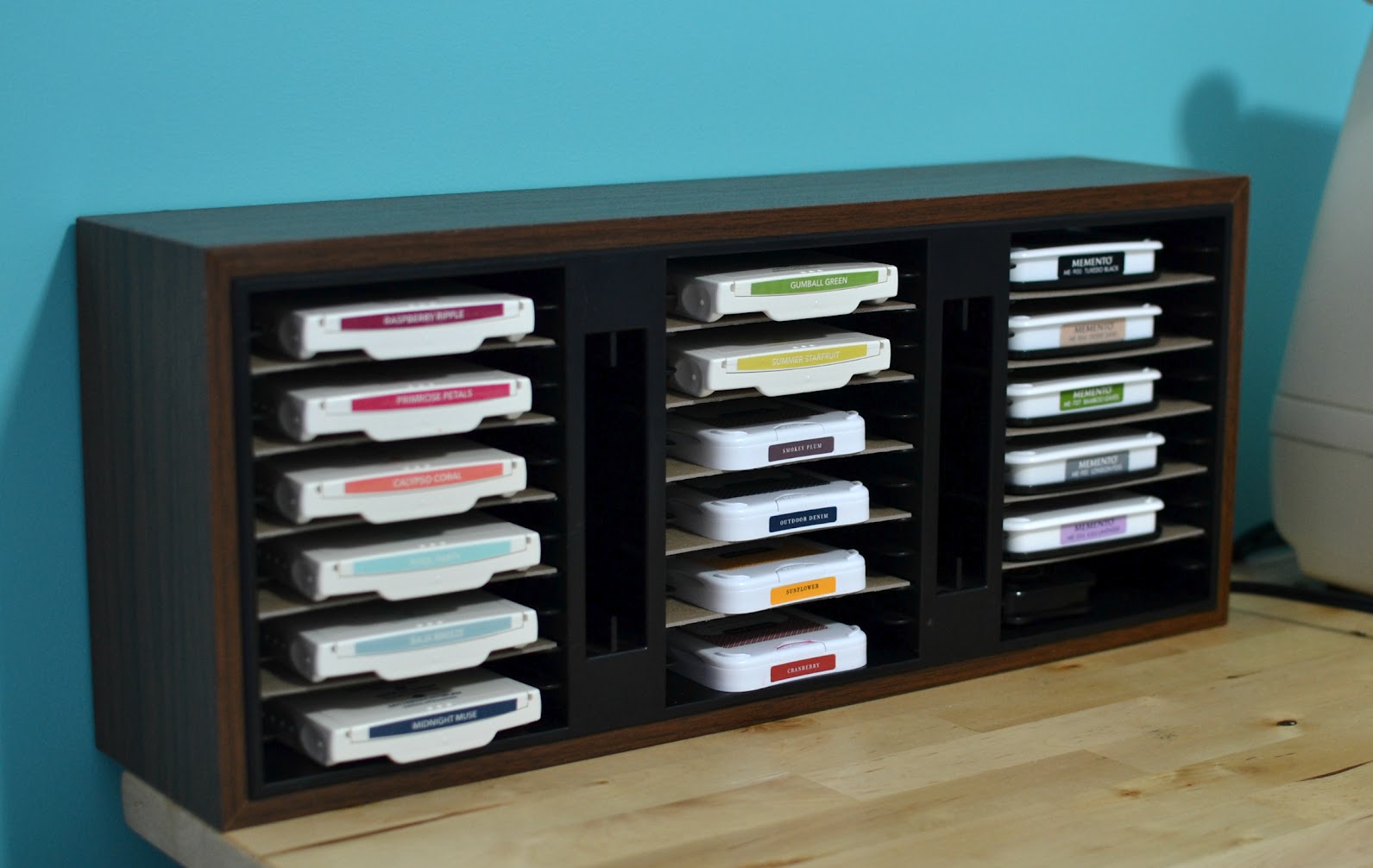
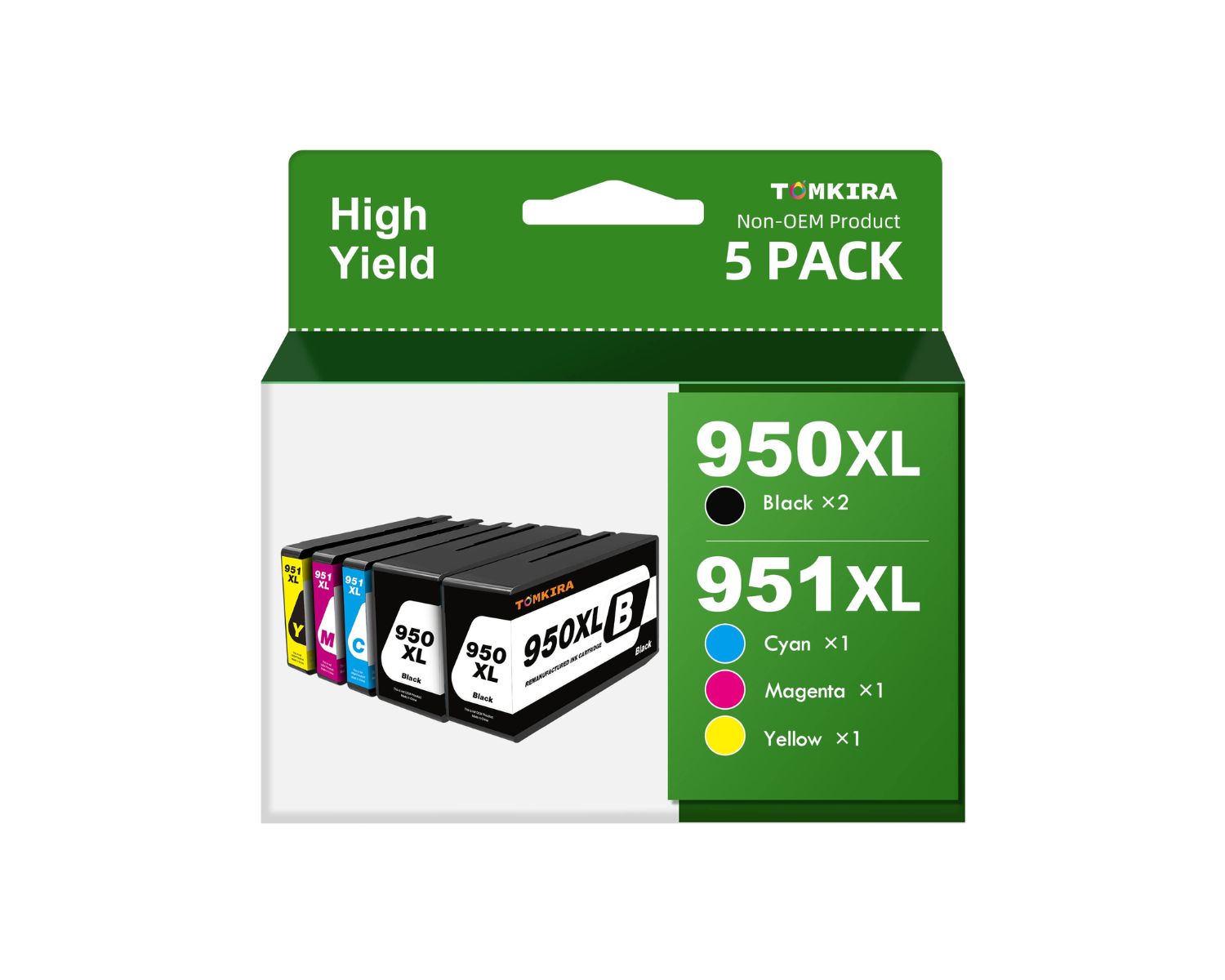
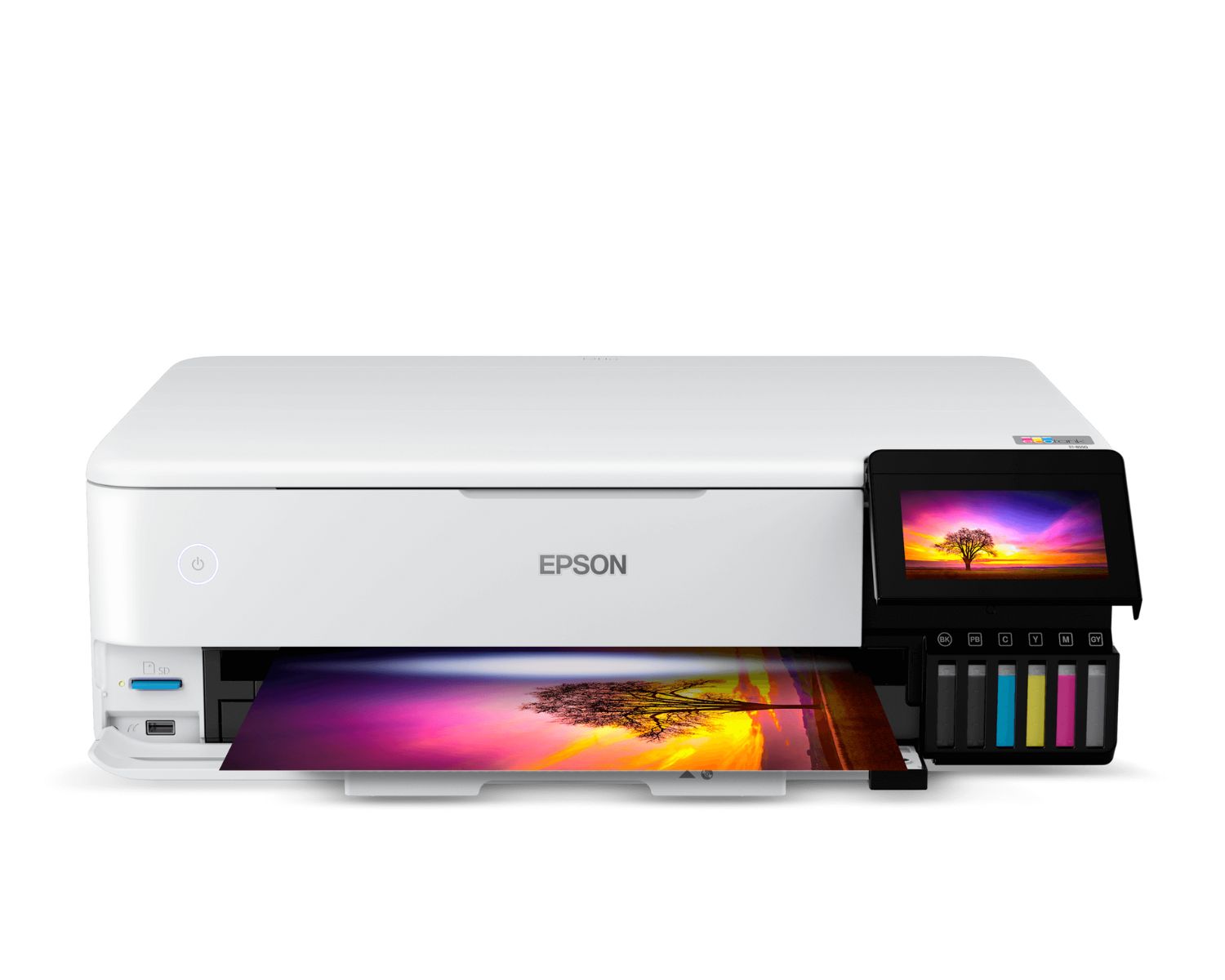
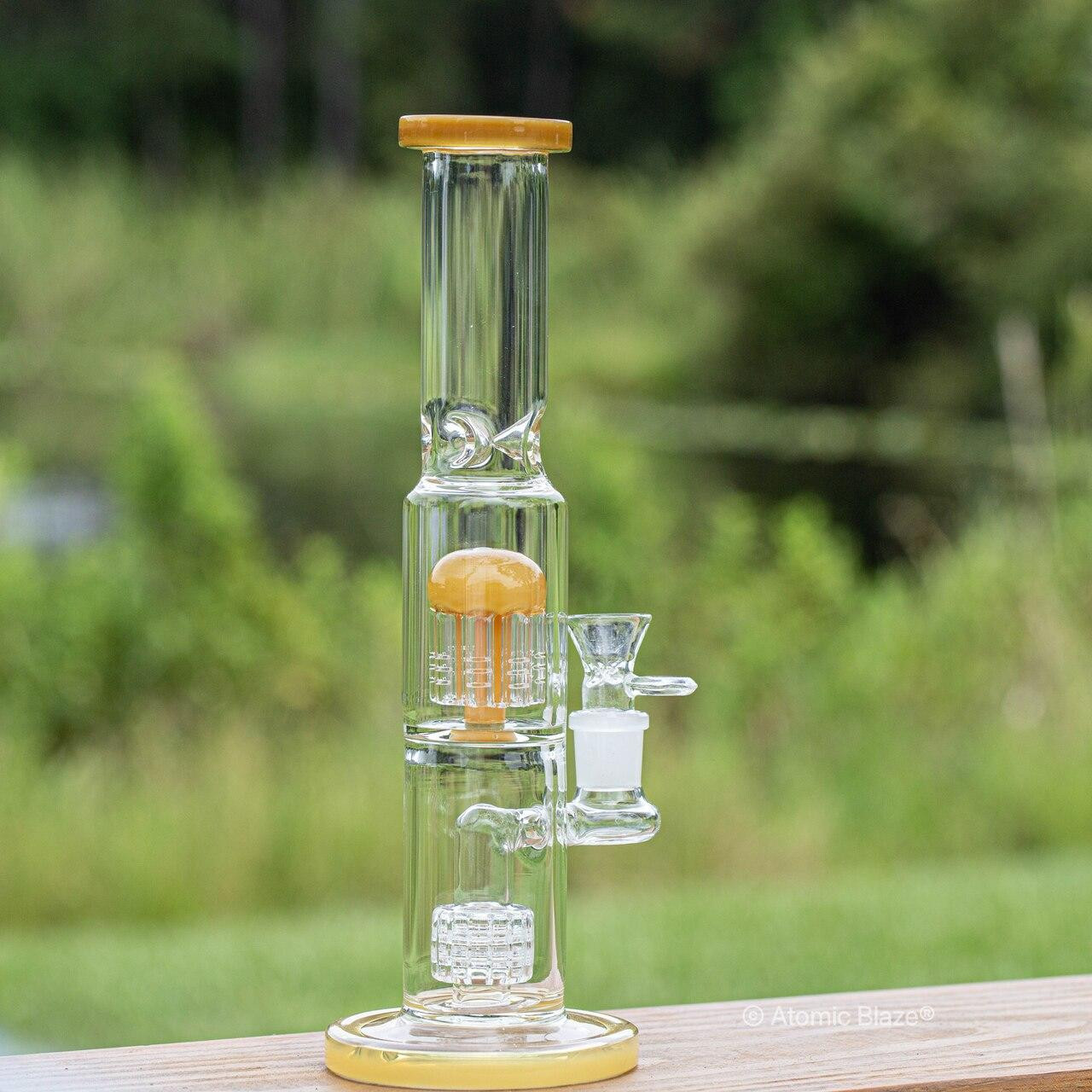
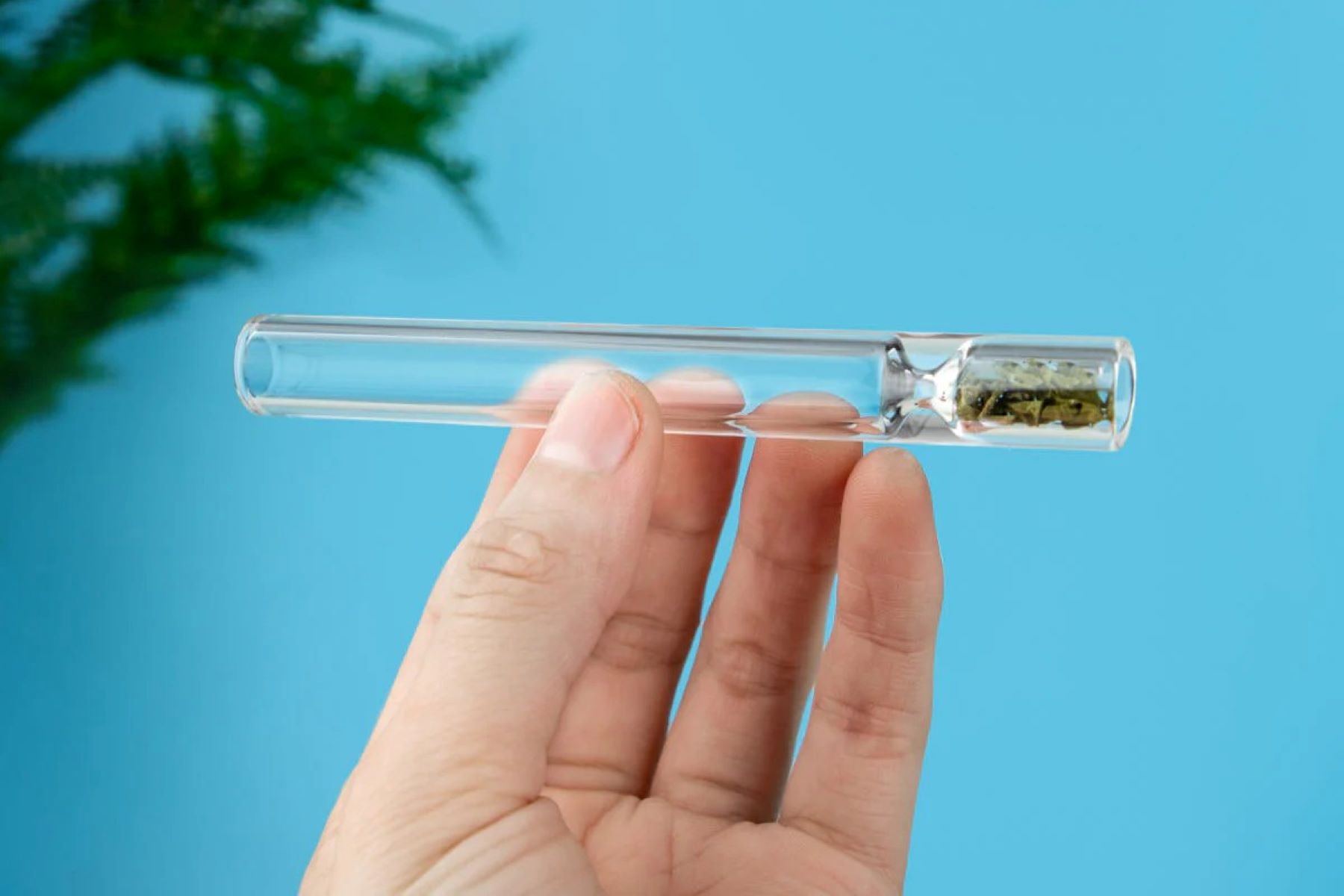
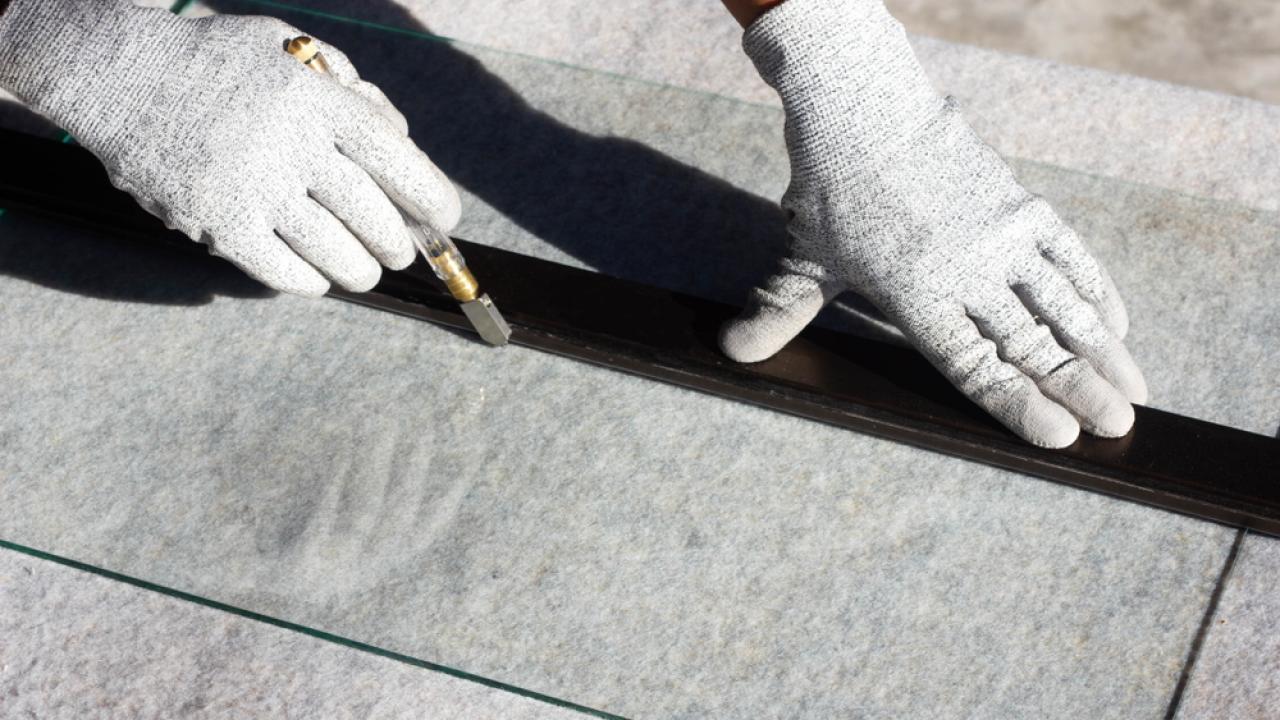

0 thoughts on “How To Use Alcohol Inks On Glass”